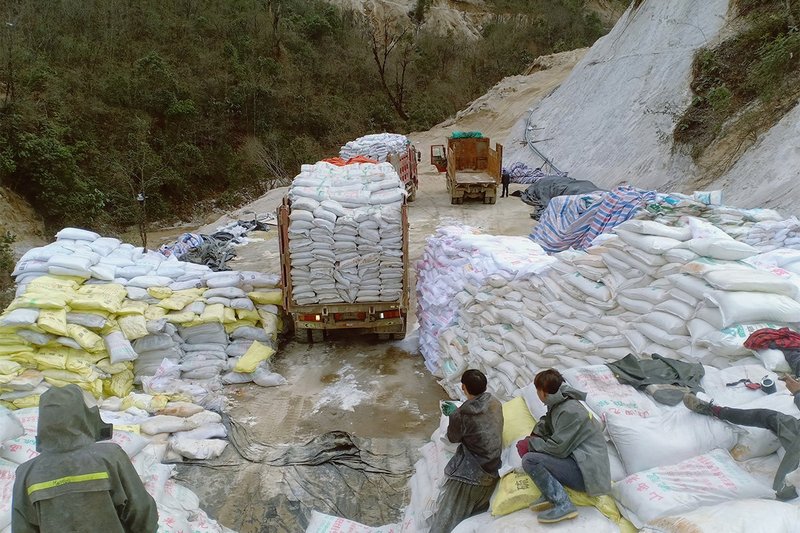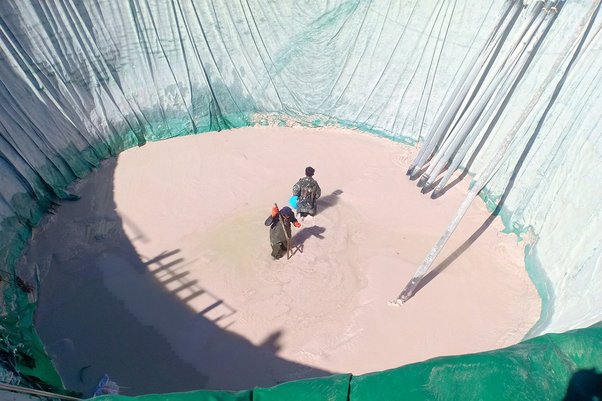Rare earth minerals are an increasingly integral part of the modern economy, yet the supply chain for rare earths is poorly understood and riven with environmental abuse and human exploitation.
Companies and governments around the world must urgently address these issues and seek ways to reduce demand in order to ensure sustainable use into the future.

Download the full briefing: Heavy rare earths supply chain risks
Download ResourceFor decades, China was the world’s largest producer and processor of heavy rare earth minerals – the class used to produce the permanent magnets used in electric vehicles and wind turbines, and thus crucial for the green energy transition. As the toxic and environmentally devastating processes used to mine rare earths cheaply became increasingly clear to the Chinese government, it took action. In 2016 the Chinese government introduced a raft of rules to clean up the industry and closed many domestic mines.
Rather than clean up the industry, the environmental and social harms of mining ended up being exported to neighbouring Myanmar, which has become one of the largest producers of heavy rare earths and the key source of supply for Chinese manufacturers. Almost all the rare earth mining in Myanmar occurs illegally in a semi-autonomous territory in northern Myanmar controlled by a local warlord with close ties to Myanmar’s genocidal military. Because China continues to dominate the market for processing rare earths, this means these illegally mined minerals make their way through global supply chains and into products manufactured around the world.
Our recommendations
Our policy briefing addresses how companies, investors, and governments should respond to the immense harms being caused in Myanmar, as well as outlining five recommendations for building a sustainable supply chain for these important minerals:
- Diversify supply chains, but also ensure that new mining ventures prioritise environmental and social justice;
- Hold companies responsible for clean-up and rehabilitation of mining sites;
- Incorporate the environmental costs of mining into the price of rare earths to ensure supply chains reflect the true costs of these minerals;
- Strengthen recycling policies to minimise the need for extraction; and
- Invest in product substitution aimed at lowering consumption and reducing extraction-related harms.
Download the full briefing: Heavy rare earths supply chain risks
Download ResourceRead this page in


